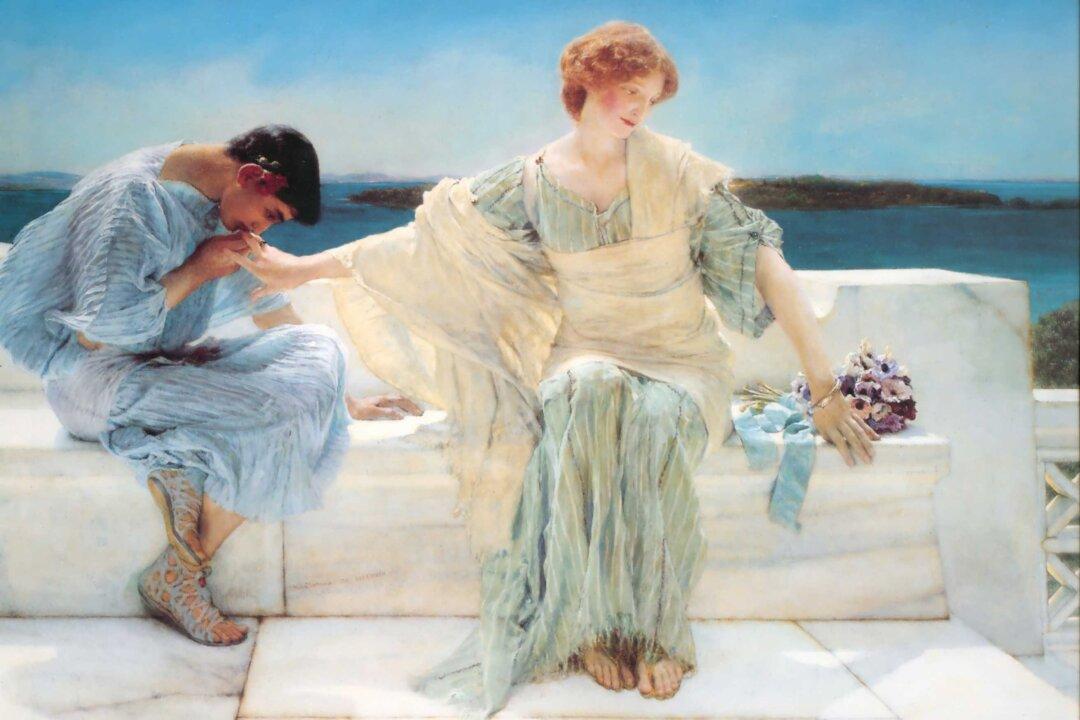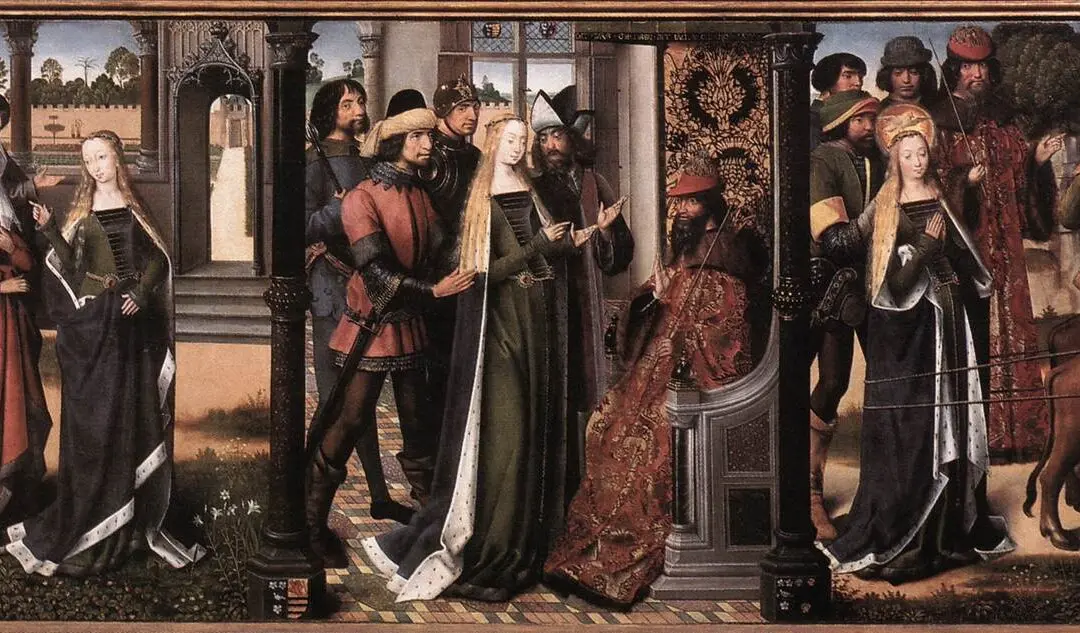Loving in truth, and fain in verse my love to show, That she, dear she, might take some pleasure of my pain, Pleasure might cause her read, reading might make her know, Knowledge might pity win, and pity grace obtain,— I sought fit words to paint the blackest face of woe, Studying inventions fine, her wits to entertain, Oft turning others’ leaves, to see if thence would flow Some fresh and fruitful showers upon my sunburned brain. But words came halting forth, wanting Invention’s stay: Invention, Nature’s child, fled step-dame Study’s blows, And others’ feet still seemed but strangers in my way. Thus great with child to speak, and helpless in my throes, Biting my truant pen, beating myself for spite: “Fool,” said my Muse to me, “look in thy heart and write.”
Sometimes there aren’t enough words to express certain emotions that are so clear in our hearts. Sir Philip Sidney describes just such a struggle in Sonnet 1 of “Astrophel and Stella.”‘Astrophel and Stella,’ Sonnet 1 by Sir Philip Sidney
A courtier of Queen Elizabeth struggles to express himself in this sonnet.

"Ask Me No More," 1906, by Lawrence Alma-Tadema. Public Domain
Born in 1554 in Kent, England, Sir Philip Sidney rose to prominence in English politics. He became cupbearer to Queen Elizabeth, served as a diplomat, and eventually became a Member of Parliament in the early 1580s only to die in battle as a soldier at the age of 31.
Marlena Figge received her M.A. in Italian Literature from Middlebury College in 2021 and graduated from the University of Dallas in 2020 with a B.A. in Italian and English. She currently has a teaching fellowship and teaches English at a high school in Italy.
Author’s Selected Articles




